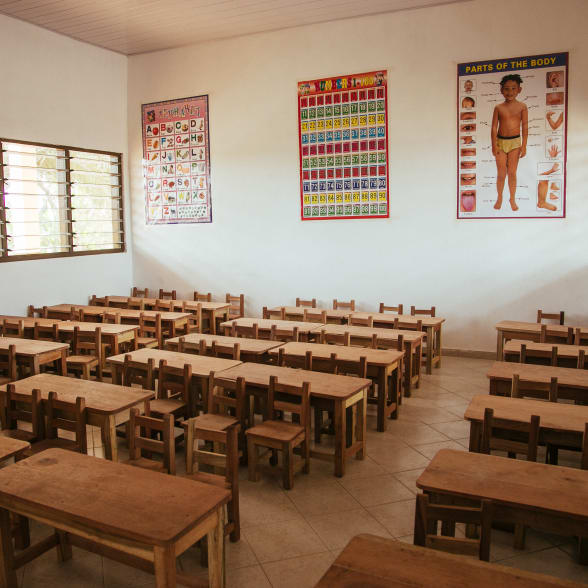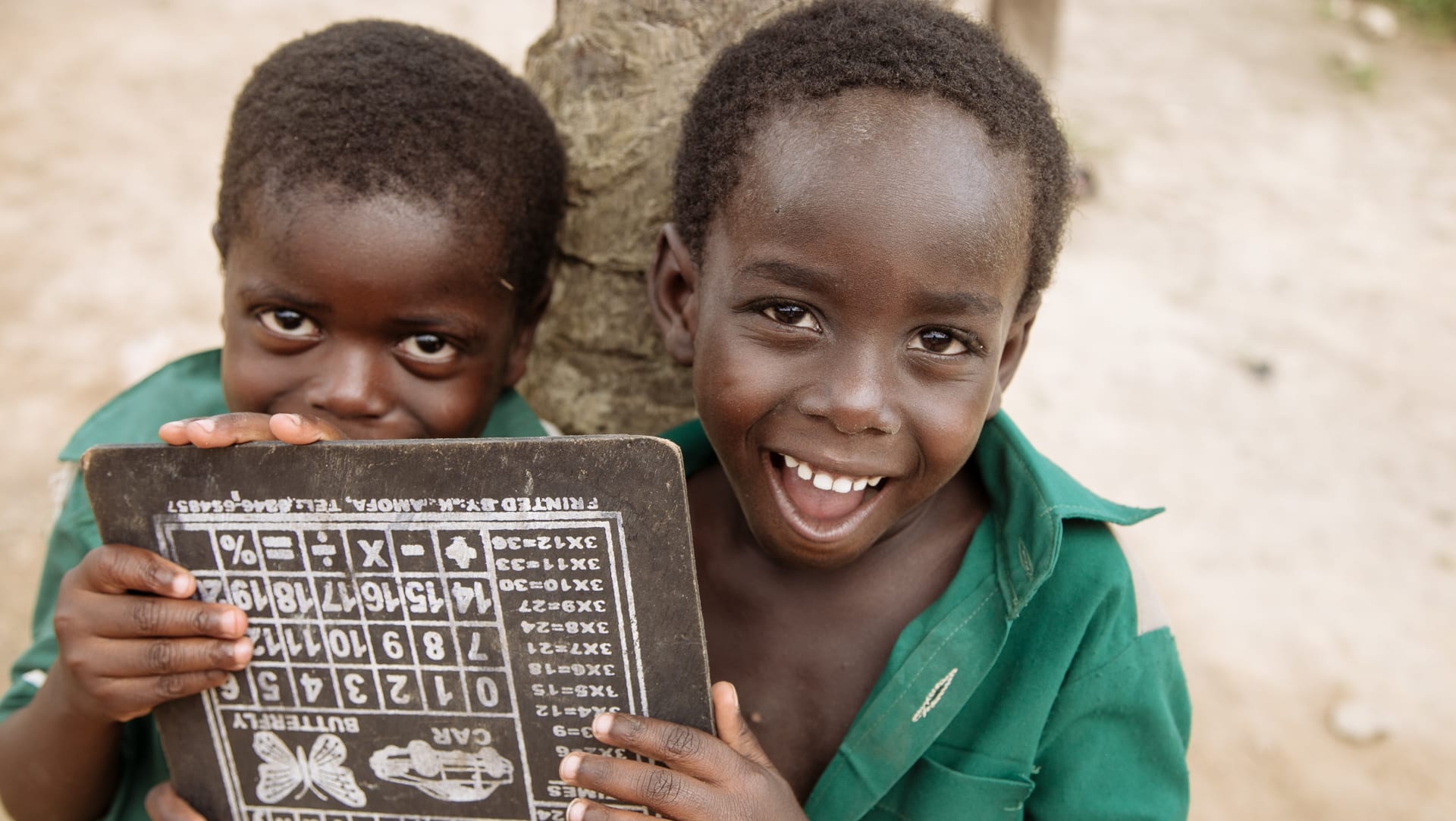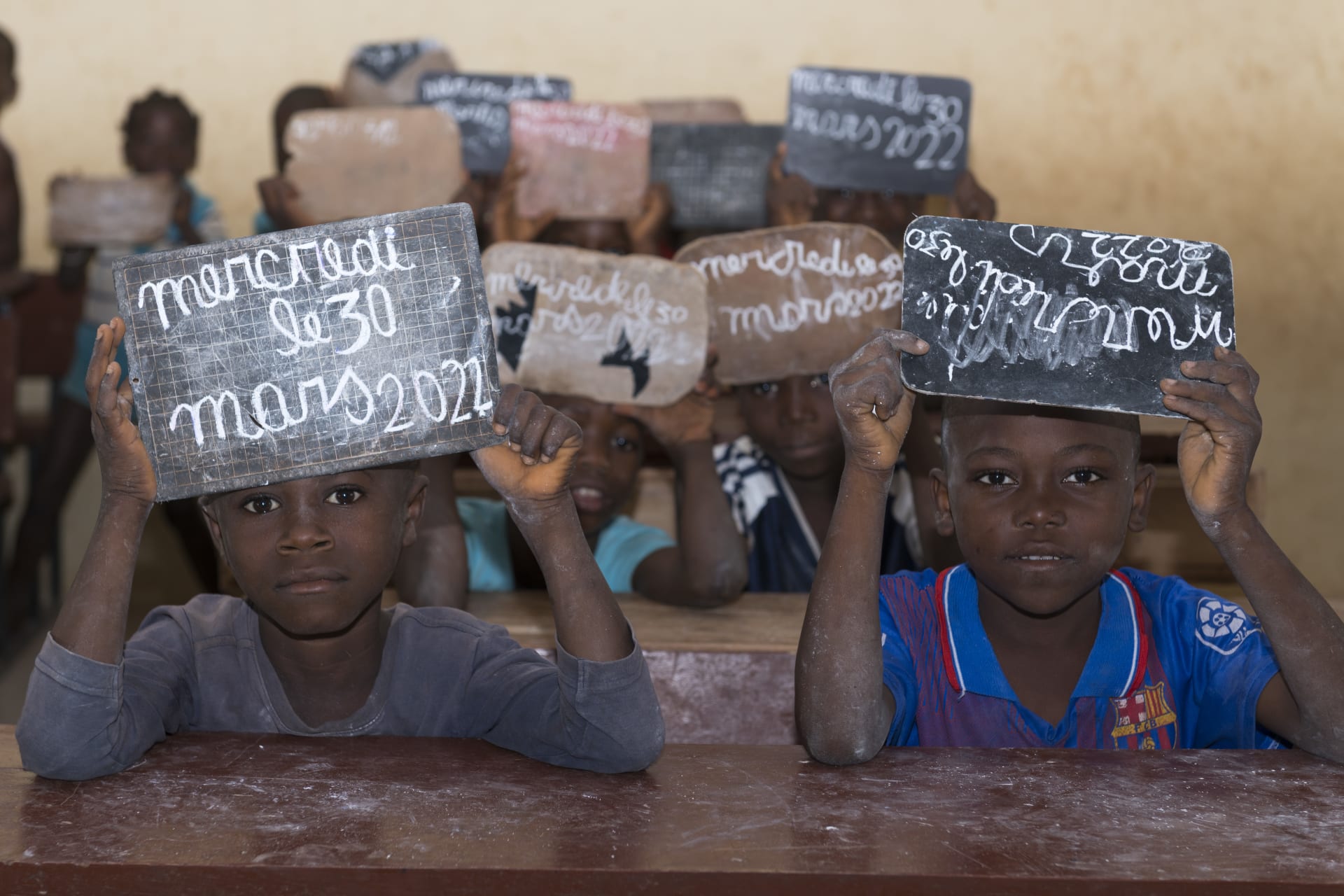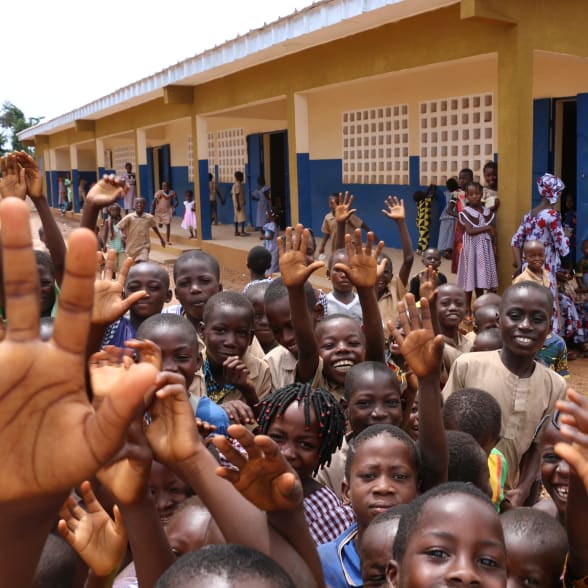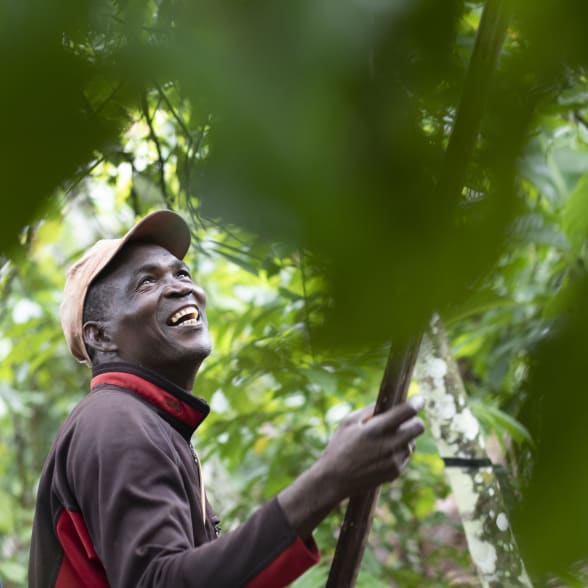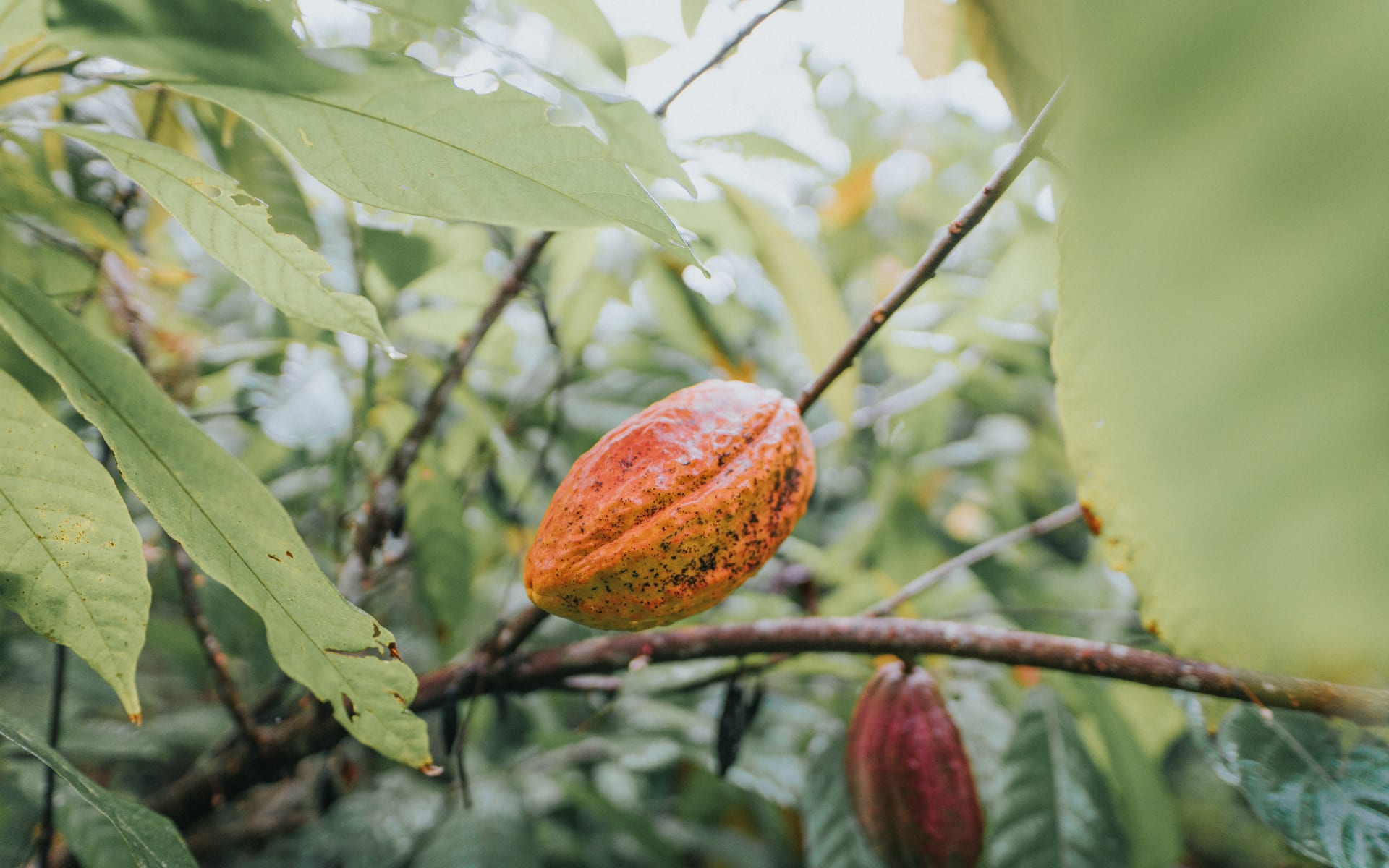Background and aims
The International Labour Organization states that child labor violates basic human rights.
It has been proven that household poverty is closely associated with child labor (source: ILO (International Labour Organization)). By keeping children out of school, any chance of social mobility is made all the less likely. As most of the cocoa in West Africa is produced by smallholders, households must deal with the realities of rural poverty, as well as difficulties accessing quality education due to a lack of local infrastructure.
The International Labour Organization uses two standards, both of which have been adopted worldwide and provide the legal basis for the fight against child labor:
- Convention 138 on the minimum working age adopted in 1973: the minimum age for admission to employment or work is set at 15 (or 13 for light work). The minimum age for hazardous work is 18.
- Convention 182 on the worst forms of child labor, adopted in 1999: states that have ratified the convention must eradicate the worst forms of labor for children under the age of 18, including all forms of slavery or similar practices such as the sale and trafficking of children, debt bondage and serfdom, and forced or compulsory labor.
It is up to the international community to ensure that these standards are applied, by exercising due diligence in global supply chains.
In West Africa (and the world's two leading cocoa-producing countries, Ghana and Ivory Coast, in particular), the NGO International Cocoa Initiative estimates that 1.56 million children are forced to work alongside their families. Forced labor is less widespread but remains a real risk in these countries.
At Valrhona, we are aware of this major issue and have decided to anchor our actions in the power of the collective and take a stand within the fair trade ecosystem to fight child labor.
